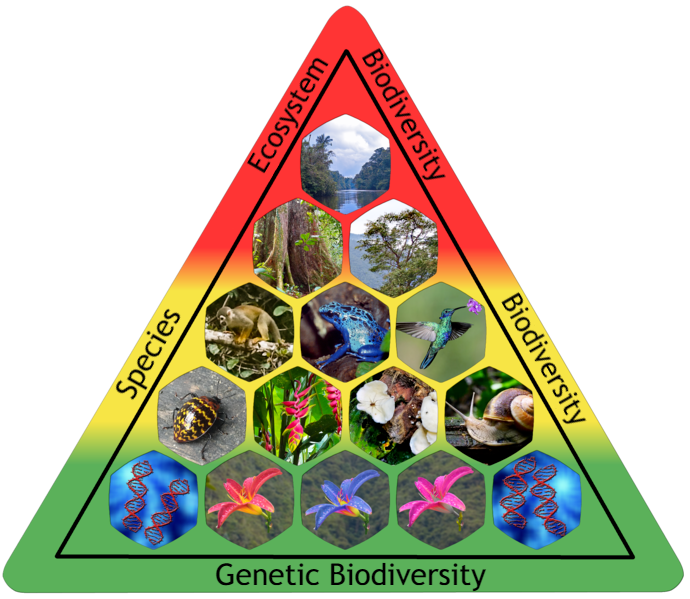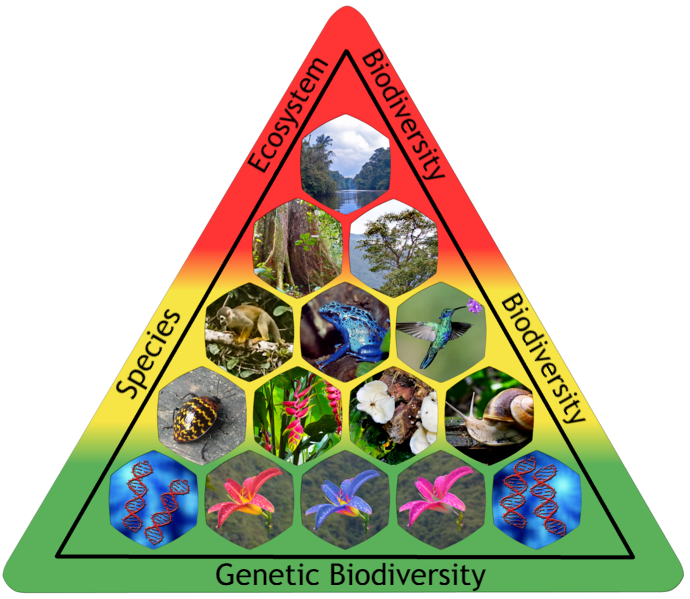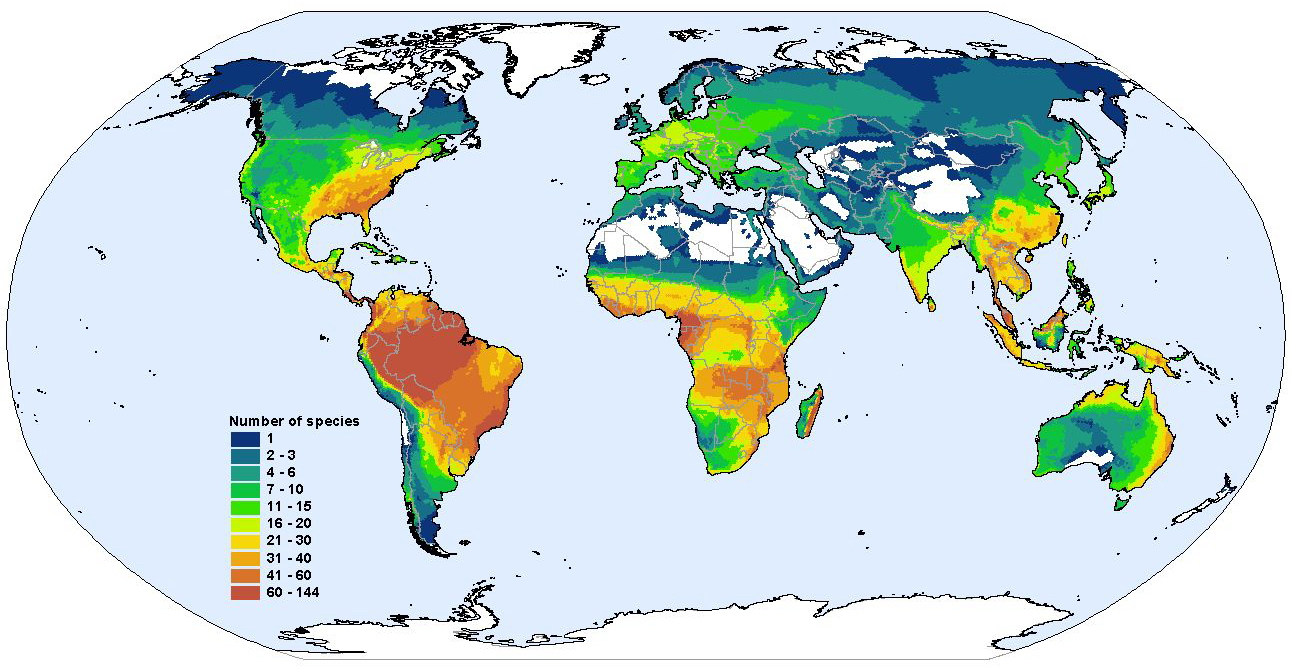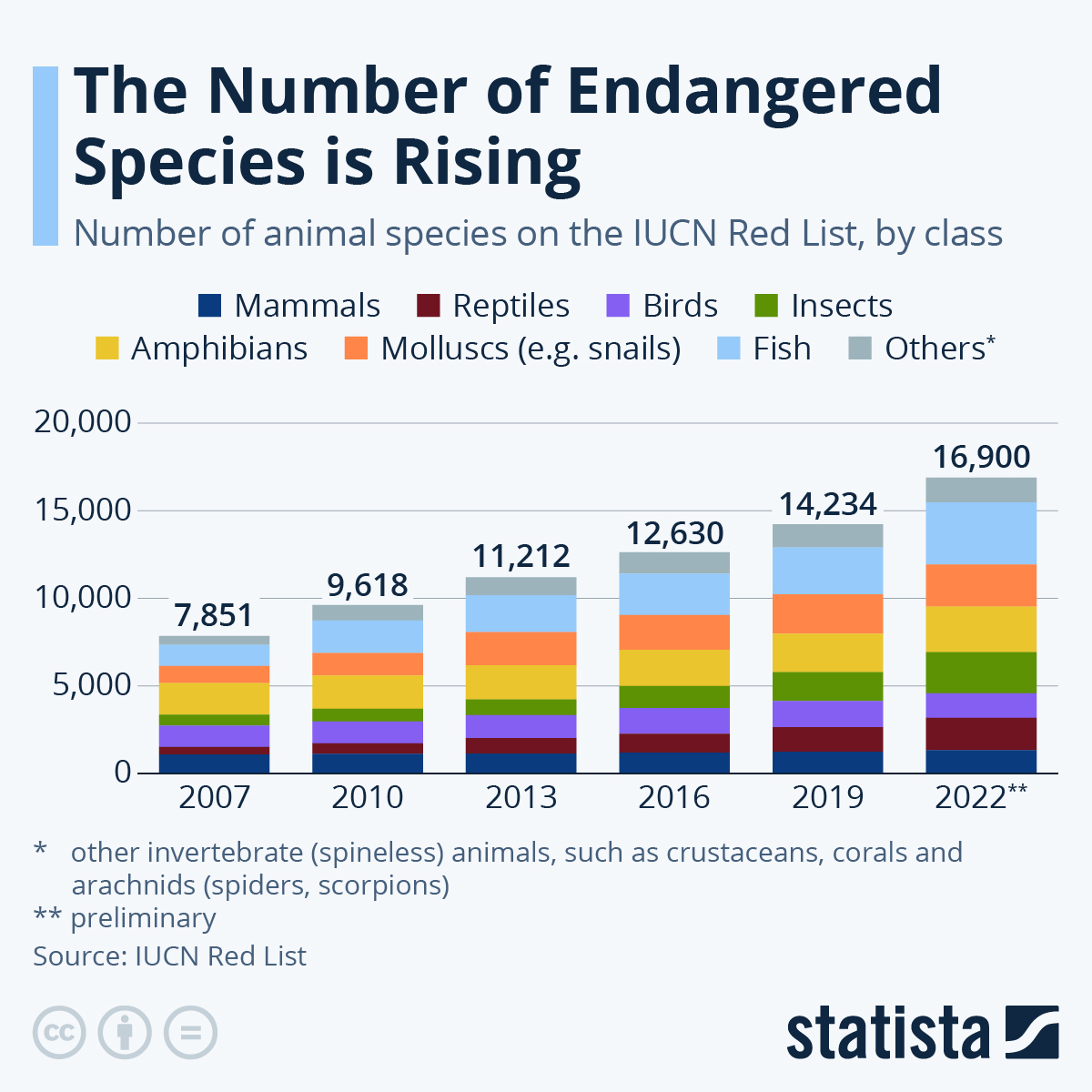What We Do
Location
123 Business Street, Suite 456
New York, NY 10001, USA
Contact us


Understanding the concept of biodiversity is essential in comprehending the intricate web of life on Earth. Biodiversity refers to the variety of life forms, encompassing different species of plants, animals, and microorganisms coexisting in various ecosystems. It is the biological diversity found in nature, reflecting the richness and abundance of life on our planet.

Biodiversity includes genetic diversity, species diversity, and ecosystem diversity, all of which contribute to the resilience and stability of ecosystems (National Research Council, 1999). It is a fundamental component of life on Earth, shaping the environment and supporting essential ecosystem processes.
Biodiversity is defined as the variety of living organisms present in a particular habitat or on Earth as a whole. It encompasses the number of species, genetic diversity within these species, and the different ecosystems they inhabit (National Research Council, 1999).
The importance of biodiversity cannot be overstated. It provides critical ecosystem services such as pollination, soil fertility, and pest control, essential for human well-being and food security. Biodiversity also contributes to the beauty of natural landscapes and plays a vital role in supporting various industries like agriculture and pharmaceuticals (Naeem et al., 2016).
Genetic diversity within species is crucial for adaptation and evolutionary processes. It enhances the resilience of populations to environmental changes and helps in combating diseases and pests (National Research Council, 1999).
Ecosystem diversity refers to the variety of habitats, communities, and ecological processes within a region. It ensures the stability and functioning of ecosystems, contributing to overall biodiversity (Miyashita et al., 2014).

The number of species present in a particular ecosystem, known as species richness, is a key component of biodiversity. High species richness indicates a healthy and diverse ecosystem (Albrecht et al., 2021), while a decline in species numbers can lead to ecological imbalances and ecosystem degradation.
The measure of biodiversity involves assessing the variety of species, genetic diversity, and ecosystem types in a given area. Various methodologies such as species inventories, genetic analyses (Krehenwinkel et al., 2019), and remote sensing techniques (Rocchini et al., 2018), are used to quantify biodiversity.
Understanding and monitoring biodiversity trends are vital for conservation efforts and sustainable management of natural resources. Biodiversity assessments help in identifying vulnerable species, prioritizing conservation areas, and evaluating the effectiveness of conservation strategies (Rao et al., 2007).
Biologists use a range of tools and techniques, including DNA sequencing, camera traps, and satellite imagery, to study and monitor biodiversity (Kerry et al., 2022). These advanced methods provide valuable insights into the distribution, abundance, and health of various species and ecosystems.

Biodiversity loss is primarily driven by human activities such as habitat destruction, pollution, climate change, and overexploitation of natural resources (Adebayo, 2019). These factors pose significant threats to various species and ecosystems, leading to a decline in biological diversity.
The expanding human population and unsustainable consumption patterns exert immense pressure on ecosystems, resulting in the loss of biodiversity and degradation of natural habitats (Adebayo, 2019). Urgent action is required to mitigate these impacts and conserve biodiversity for future generations.
Conservation biology plays a crucial role in safeguarding biodiversity through initiatives like establishing national parks, conservation areas, and protected reserves (Sarker and Frank, 2012). Additionally, international agreements such as the Convention on Biological Diversity (2011) aim to promote biodiversity conservation on a global scale.
Biodiversity provides a wide range of ecosystem services crucial for human well-being, including clean air and water, soil fertility, and climate regulation (Zhang et al., 2022). The interconnectedness between biodiversity and ecosystem services underscores the importance of preserving biological diversity for sustainable development.
Biodiversity enhances ecosystem resilience by increasing the capacity of ecosystems to withstand disturbances and adapt to changing environmental conditions (Isbell et al., 2015). Diverse ecosystems are better equipped to recover from natural disasters and human-induced impacts, ensuring their long-term sustainability.
Recognizing the economic value of biodiversity is essential for integrating conservation efforts into economic planning and policymaking. Ecosystem services provided by biodiversity, such as fisheries, crop pollination, and carbon sequestration, contribute significantly to global economies and human well-being (Hanley & Perrings, 2019).